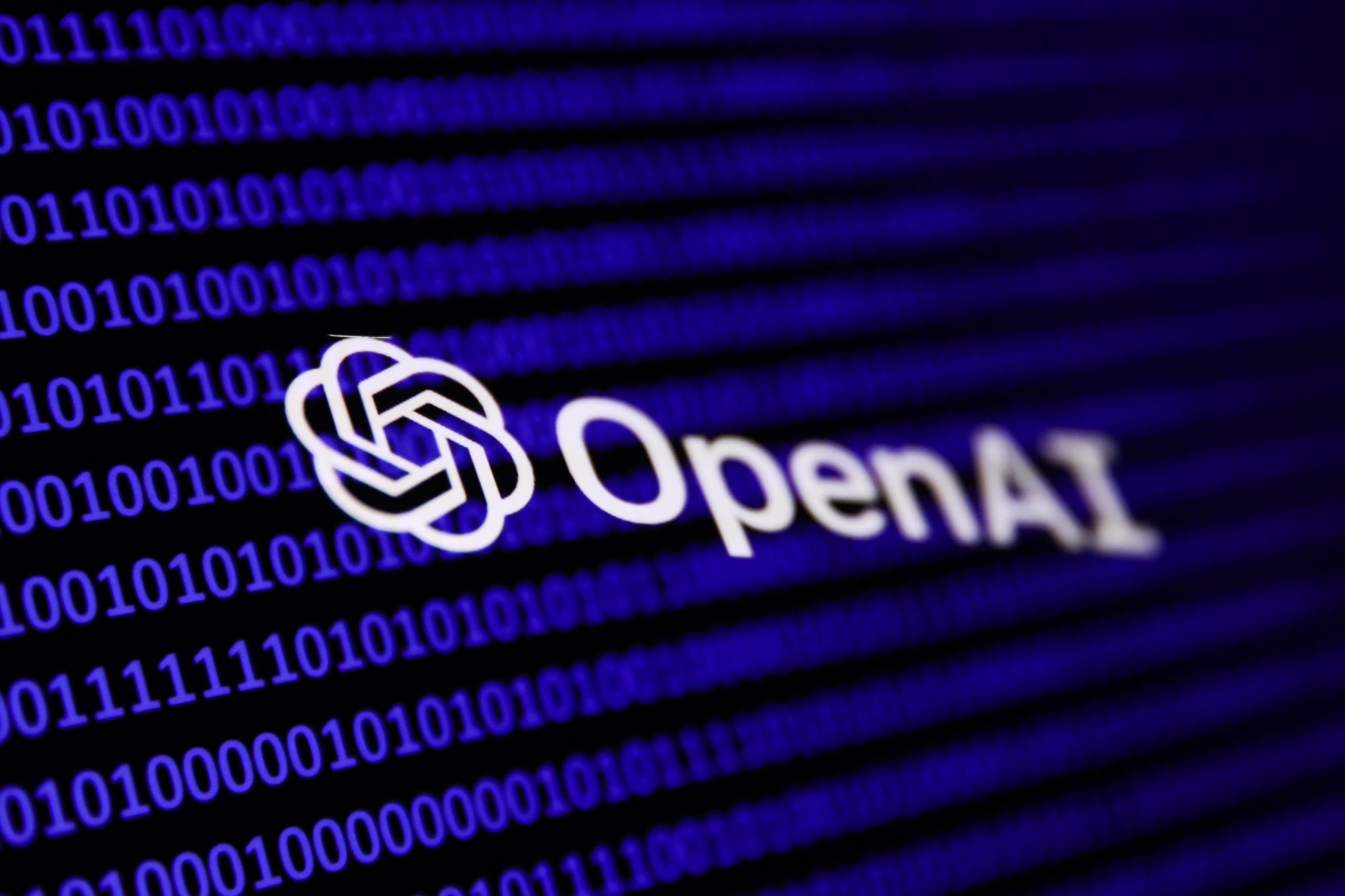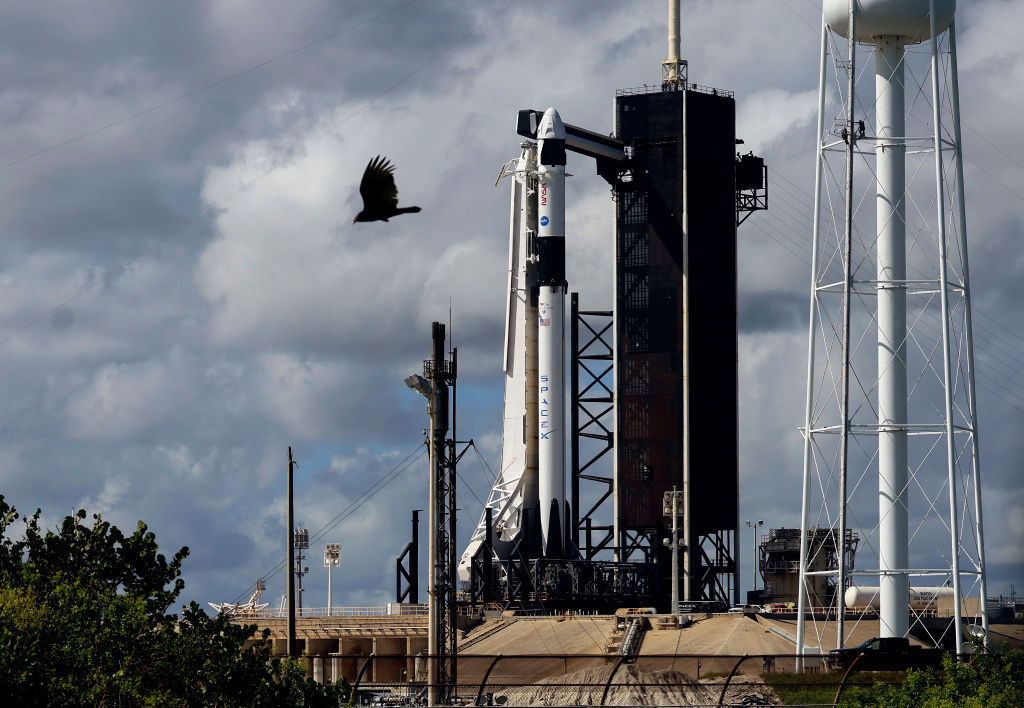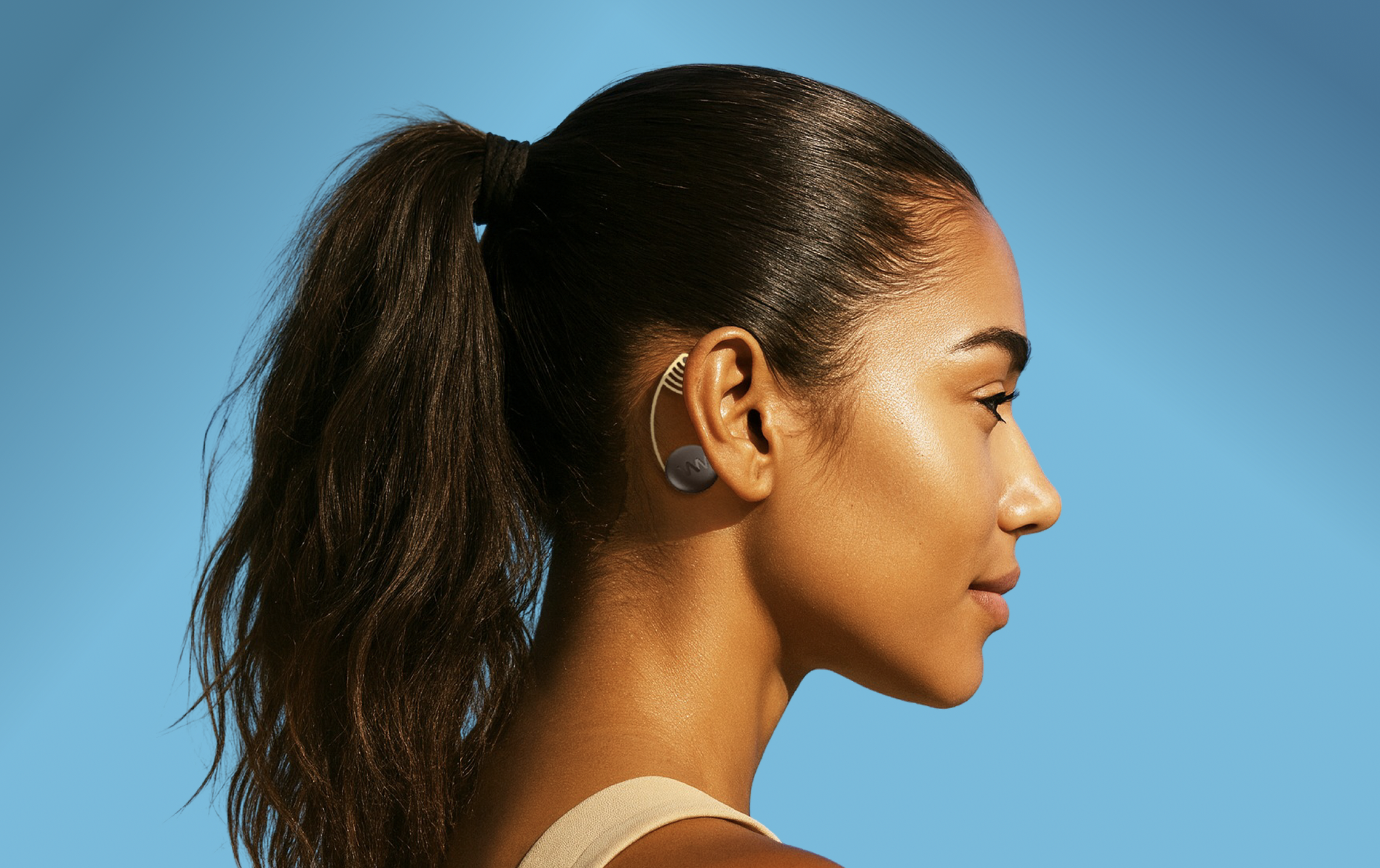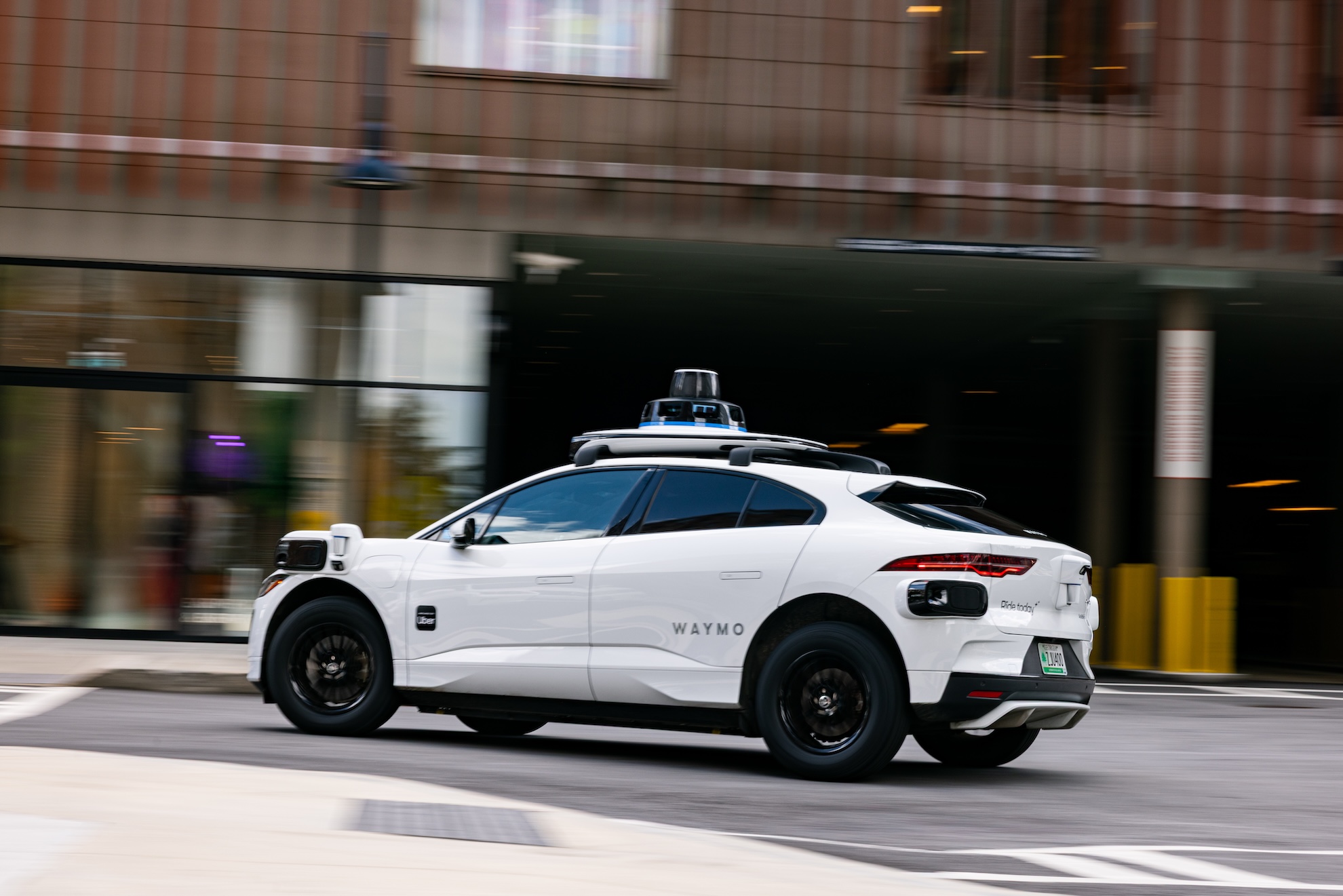
The technological frontier of artificial intelligence continues its rapid expansion, with reports indicating that OpenAI, the vanguard behind ChatGPT and Sora, is actively developing a sophisticated generative music tool. This ambitious project, first brought to light by The Information, signifies a strategic move by the AI powerhouse into the intricate domain of audio creation, promising to transform how music is conceived, produced, and consumed. This forthcoming platform is designed to craft musical compositions from both textual descriptions and existing audio samples, potentially unlocking unprecedented creative avenues across various sectors.
The Dawn of AI-Powered Music Creation
The concept of machines generating music is not entirely novel, yet the capabilities hinted at by OpenAI’s reported endeavor suggest a leap forward in sophistication and accessibility. Imagine supplying a text prompt such as "an uplifting orchestral piece for a sci-fi movie climax" or "a bluesy guitar riff with a melancholic saxophone solo," and having a unique, high-quality musical track materialize almost instantaneously. Similarly, the tool could take an existing vocal recording and seamlessly add a guitar accompaniment, or integrate background music into a video project with remarkable ease. These potential applications underscore a broader trend: generative AI’s increasing penetration into creative industries, moving beyond text and imagery to embrace the nuanced world of sound.
While the exact launch timeline and commercial strategy remain undisclosed – whether it will be a standalone product or deeply integrated into existing OpenAI offerings like ChatGPT and the video generation model Sora – its mere development sends ripples through the tech and creative communities. The synergy with Sora, for instance, could lead to fully AI-generated video content complete with bespoke soundtracks, heralding a new era of automated media production.
Building on a Legacy: OpenAI’s Journey into Audio
OpenAI’s foray into generative music is not an entirely uncharted expedition; the company has a foundational history in audio AI. Prior to the explosive success of ChatGPT, OpenAI had already ventured into the realm of music generation with projects like Jukebox, a neural network capable of generating music with accompanying vocals in various genres and artist styles. Launched in 2020, Jukebox was a marvel of its time, showcasing the potential for AI to produce complex, diverse audio content. However, these earlier models, while impressive, often grappled with coherence and long-range musical structure, sometimes producing results that were more intriguing than commercially viable.
Following Jukebox, OpenAI’s audio focus shifted towards more utilitarian applications, concentrating on advanced text-to-speech and speech-to-text models. These developments laid critical groundwork in understanding and manipulating audio waveforms, processing natural language, and developing robust neural architectures for sound. The reported new music tool appears to leverage these advancements, combining sophisticated language understanding with enhanced audio generation capabilities to overcome some of the limitations of earlier generative music attempts. This progression illustrates a strategic return to music creation, armed with more powerful models and a deeper understanding of generative AI’s potential.
The Crucial Role of Training Data: A Partnership with Juilliard
A significant detail emerging from the reports is OpenAI’s collaboration with students from the prestigious Juilliard School. These students are reportedly assisting by annotating musical scores, providing invaluable training data for the AI model. This partnership highlights a critical aspect of advanced generative AI development: the quality and specificity of the training data directly influence the output’s sophistication and artistic integrity.
Annotating scores involves tagging various musical elements – melodies, harmonies, rhythms, instrumentation, emotional cues, structural markers – in a way that AI can interpret and learn from. This human-in-the-loop approach, especially with input from musically trained individuals, is paramount. It helps the AI not just to mimic sounds but to understand underlying musical theory, emotional expression, and structural coherence, moving beyond mere statistical pattern recognition to grasp the ‘grammar’ of music. This collaboration suggests OpenAI is aiming for a tool that can produce musically intelligent and aesthetically pleasing compositions, rather than just technically proficient but soulless audio. Such expert input is essential for bridging the gap between raw data and genuine musical artistry, addressing a common critique that AI-generated music often lacks emotional depth or originality.
A Competitive Landscape: The Race for Generative Audio Dominance
OpenAI’s entry into the generative music space intensifies an already vibrant competitive landscape. Several prominent players have been actively developing and launching their own AI music generation tools:
- Google: A pioneer in AI music research, Google’s Magenta project has explored various aspects of AI in music and art. More recently, Google introduced models like MusicLM and AudioLM, capable of generating high-fidelity music from text descriptions. These models have demonstrated impressive capabilities in capturing genre, instrumentation, and even emotional nuances, showcasing Google’s strong foundation in large-scale AI audio processing.
- Suno AI: This startup has gained considerable traction for its user-friendly platform that allows individuals to create full songs with lyrics and vocals from simple text prompts. Suno has democratized music creation to a significant degree, enabling hobbyists and professionals alike to experiment with AI-powered songwriting. Its focus on accessibility and rapid song generation makes it a formidable competitor in the consumer market.
- Stability AI: Known for its Stable Diffusion image model, Stability AI has also ventured into audio with Stable Audio, a generative AI model for creating music and sound effects. It offers robust control over various audio parameters, appealing to producers and sound designers seeking more granular creative control.
- Meta: The tech giant has contributed to the field with models like AudioCraft, an open-source framework for generating audio and music from text. Meta’s approach often emphasizes open research and community contributions, fostering a collaborative environment for AI audio development.
This burgeoning ecosystem underscores the massive potential perceived in generative audio. Each player brings a unique approach, whether it’s an emphasis on high-fidelity production, user accessibility, deep creative control, or open-source collaboration. OpenAI’s move, backed by its reputation for cutting-edge foundation models, suggests a push towards a highly capable, potentially multimodal AI system that could integrate seamlessly across various creative applications.
Market, Social, and Cultural Impact: Reshaping the Creative Sphere
The advent of highly capable generative music tools carries profound implications across multiple dimensions:
Market Impact:
- Democratization of Music Production: Lowering the barrier to entry for music creation, enabling anyone with an idea to produce sophisticated tracks without extensive musical training or expensive equipment. This could foster an explosion of new independent artists and content creators.
- Efficiency for Professionals: Composers, producers, and sound designers could leverage AI as a powerful assistant for rapid prototyping, generating variations, overcoming creative blocks, or even automating mundane tasks like scoring background music for videos or games.
- New Revenue Streams: AI-generated music could find applications in stock music libraries, advertising jingles, personalized soundtracks for apps, and dynamic audio for interactive media, creating entirely new markets.
- Disruption of Traditional Industries: The efficiency and cost-effectiveness of AI could challenge traditional music licensing models, stock music companies, and even aspects of the music education industry.
Social and Cultural Impact:
- Redefining Creativity and Authorship: As AI becomes a creative partner, questions arise about what it means to be an artist, the definition of originality, and who holds the authorship of AI-generated works. Is the human prompt-engineer the artist, or the AI model, or both?
- Ethical Concerns and Misinformation: The ability to generate realistic audio, including voices and music, raises concerns about deepfakes, the potential for misuse in creating misleading content, or even generating music that infringes on existing copyrights.
- Copyright and Ownership: This is a contentious area. Current copyright law often requires human authorship. The legal framework around AI-generated content is still evolving, posing significant challenges for artists, legal experts, and platforms. Who owns the copyright to a song generated by AI from a text prompt? What if the AI was trained on copyrighted material without explicit permission?
- The "Soul" of Music: Critics often argue that AI-generated music, however technically perfect, lacks the human emotion, experience, and spontaneity that define truly great art. The debate will continue on whether AI can ever replicate the "soul" of human creativity.
- Personalized Audio Experiences: Imagine an AI that learns your musical preferences and generates unique tracks tailored specifically to your mood, activity, or even biometric data, leading to hyper-personalized listening experiences that evolve with you.
Analytical Commentary: Navigating the Future of Sonic Landscapes
OpenAI’s reported venture into generative music underscores a pivotal moment in the evolution of AI. It signifies a move towards increasingly sophisticated and nuanced creative tools, pushing the boundaries of what machines can achieve in domains previously considered exclusively human. The partnership with Juilliard students is particularly telling, indicating a strategic intent to infuse the AI with deep musical understanding, aiming for quality and artistry beyond mere algorithmic mimicry.
However, significant challenges remain. Achieving true emotional resonance, structural coherence over extended compositions, and genuine originality are monumental tasks for AI. While generative models excel at pattern recognition and interpolation, moving beyond existing styles to create truly novel musical forms is a higher hurdle. The "uncanny valley" effect, where AI output is almost human-like but subtly off-putting, can be particularly pronounced in creative fields like music.
From a strategic standpoint, OpenAI’s move is a logical extension of its broader mission to develop highly capable general-purpose AI. Music, like language and images, is a fundamental form of human expression, and mastering its generation is crucial for building comprehensive AI systems. The integration potential with Sora, for instance, hints at a future where entire media productions, from visual storytelling to accompanying scores, could be orchestrated by AI, offering unprecedented efficiency and creative scalability.
Ultimately, the future of AI in music is likely not one of human replacement, but of augmentation. These tools will empower artists, provide new avenues for expression, and democratize creation. The debate will shift from "can AI make music?" to "how can humans and AI collaborate to create music that was previously impossible?" As OpenAI and its competitors continue to innovate, the sonic landscape of our world is poised for a profound and exciting transformation, forcing us to reconsider the very nature of creativity in the digital age.





